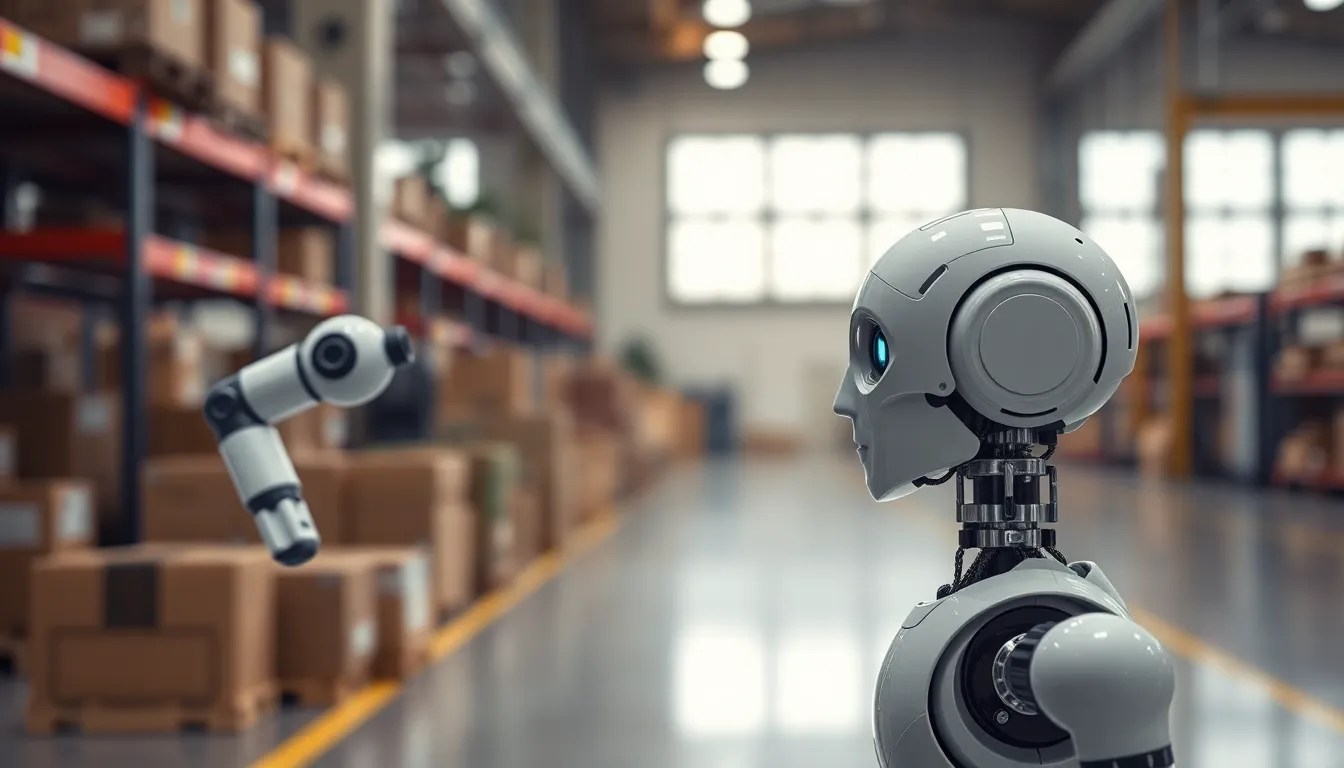How Soft Robotics is Revolutionizing the Way We Approach Logistics
I. Introduction
Soft robotics is an innovative field of robotics that focuses on the design and application of robots made from highly flexible materials. Unlike traditional rigid robots, soft robots can deform and adapt their shape, allowing them to perform tasks in environments that require sensitivity and care.
Traditional logistics challenges include the handling of fragile goods, the need for precise packaging, and the management of diverse items in a fast-paced environment. As the logistics sector continues to grow, the importance of innovative solutions to address these challenges cannot be overstated.
With the rise of e-commerce and the increasing demand for efficient supply chains, soft robotics offers a promising avenue for transforming logistics operations.
II. Understanding Soft Robotics
Soft robotics is distinguished by its unique characteristics, which enable it to tackle tasks that traditional robots struggle with.
A. Key features of soft robotics
- Flexibility and adaptability: Soft robots can navigate complex environments and handle items of various shapes and sizes without causing damage.
- Material advancements: Innovations in materials such as silicone, hydrogels, and textiles allow for the construction of robots that mimic biological organisms.
B. Comparison with traditional robotics
While traditional robots are typically rigid and programmed for specific tasks, soft robots are designed for versatility. This adaptability makes them particularly suited for logistics applications where the handling of delicate items is crucial.
III. Applications of Soft Robotics in Logistics
The applications of soft robotics in logistics are wide-ranging and impactful.
A. Automated packaging solutions
Soft robotic systems can be employed to automate the packaging process, efficiently wrapping and boxing products with precision, reducing labor costs and improving speed.
B. Handling delicate items and goods
Soft robots are particularly effective at managing fragile items, such as electronics or glassware, where traditional robotic grippers would cause breakage or damage.
C. Autonomous vehicles and delivery drones
Soft robotics also plays a role in the development of autonomous vehicles and delivery drones that can navigate complex environments and deliver goods safely.
IV. Enhancing Efficiency and Safety
Soft robotics not only improves operational efficiency but also enhances safety in the workplace.
A. Reduction of workplace injuries
By automating tasks that are traditionally labor-intensive, soft robotics reduces the risk of injuries associated with manual handling, such as strains and sprains.
B. Increased speed and accuracy in operations
Soft robots can operate continuously, providing high levels of speed and accuracy in sorting, packing, and transporting goods.
C. Case studies of successful implementations
Companies like Amazon and DHL have begun integrating soft robotic technologies into their logistics operations, showcasing significant improvements in efficiency and safety.
V. Cost-Effectiveness and Scalability
Investing in soft robotics can lead to substantial cost savings over time.
A. Overview of initial investment vs. long-term savings
While the initial investment in soft robotic systems may be high, the long-term savings in labor costs, reduced damage to goods, and increased throughput can justify the expense.
B. Scalability of soft robotic systems in logistics
Soft robotics systems can be easily scaled up or down to meet the changing demands of logistics operations, making them a flexible solution for businesses of all sizes.
C. Examples of businesses benefiting from soft robotics
- Amazon Robotics: Utilizing soft robotic arms for efficient packing.
- DHL: Implementing soft robots for delicate item handling.
- FedEx: Using soft robotic systems in sorting facilities.
VI. Challenges and Limitations
Despite its many advantages, soft robotics also faces several challenges that must be addressed.
A. Technical limitations of current soft robotic technologies
Current soft robotics technologies may struggle with precision and strength compared to traditional rigid robots, limiting their application scope.
B. Integration with existing logistics systems
Integrating soft robotics into established logistics systems can be complex and may require substantial redesign of workflows.
C. Regulatory and safety concerns
As with any new technology, there are regulatory and safety concerns that need to be navigated to ensure the safe deployment of soft robots in logistics.
VII. Future Trends in Soft Robotics and Logistics
The future of soft robotics in logistics is bright, with numerous emerging trends and technologies on the horizon.
A. Emerging technologies and innovations
Advancements in artificial intelligence, machine learning, and material science are likely to propel soft robotics further into the logistics sector.
B. Predictions for the next decade
In the next decade, we can expect soft robotics to become more prevalent, with widespread adoption across various logistics applications.
C. Potential impact on the global supply chain
The integration of soft robotics in logistics could lead to more resilient, efficient, and flexible supply chains globally.
VIII. Conclusion
In summary, soft robotics holds transformative potential for the logistics industry, addressing longstanding challenges and paving the way for innovative solutions. As industry stakeholders explore the advantages and applications of this technology, they can position themselves to thrive in an increasingly competitive marketplace.
To fully realize this potential, it is imperative for businesses to invest in research and development, embrace new technologies, and adapt to the evolving landscape of logistics. The future of logistics, enhanced by soft robotics, promises a more efficient, safe, and sustainable operation.



